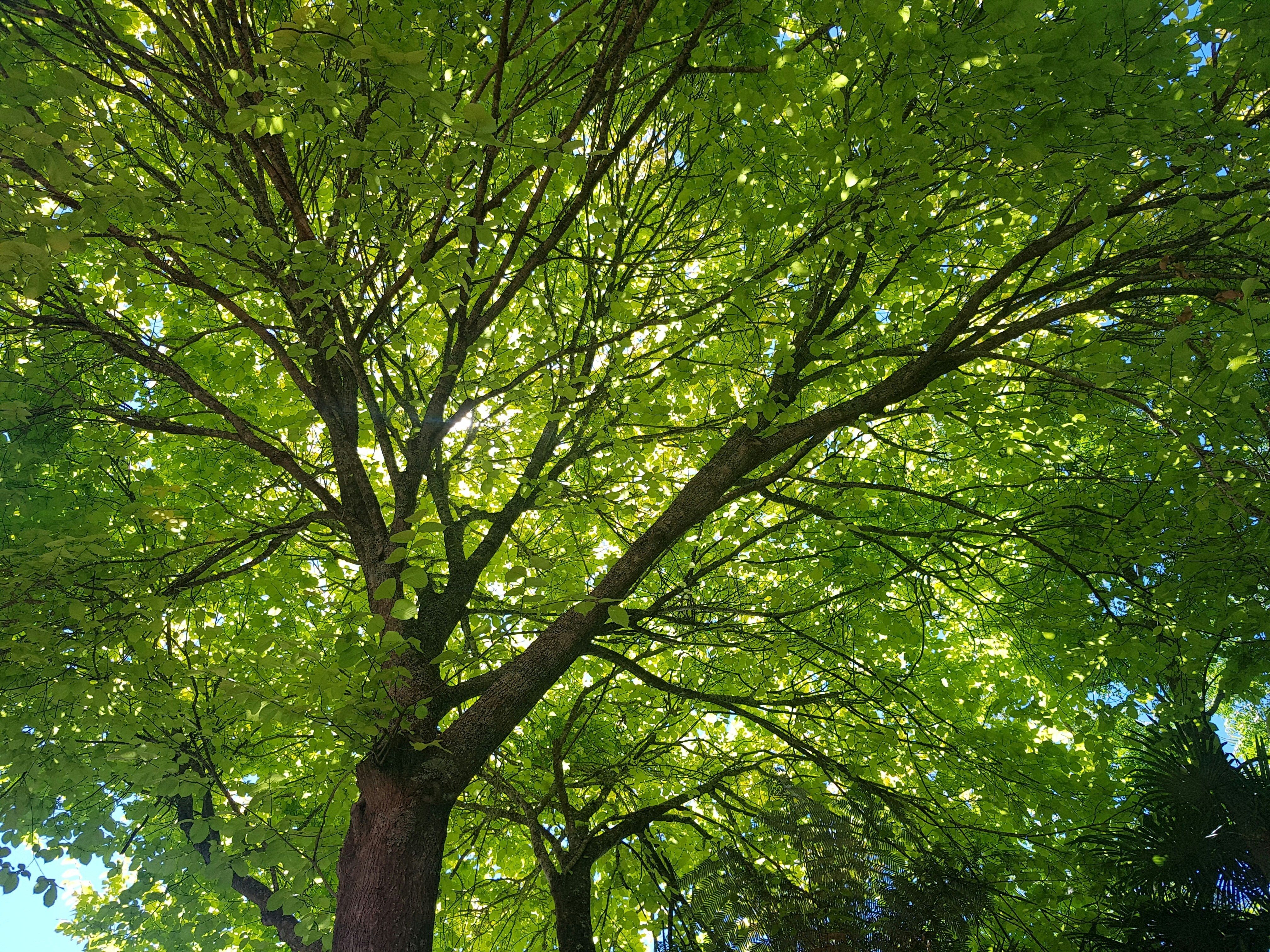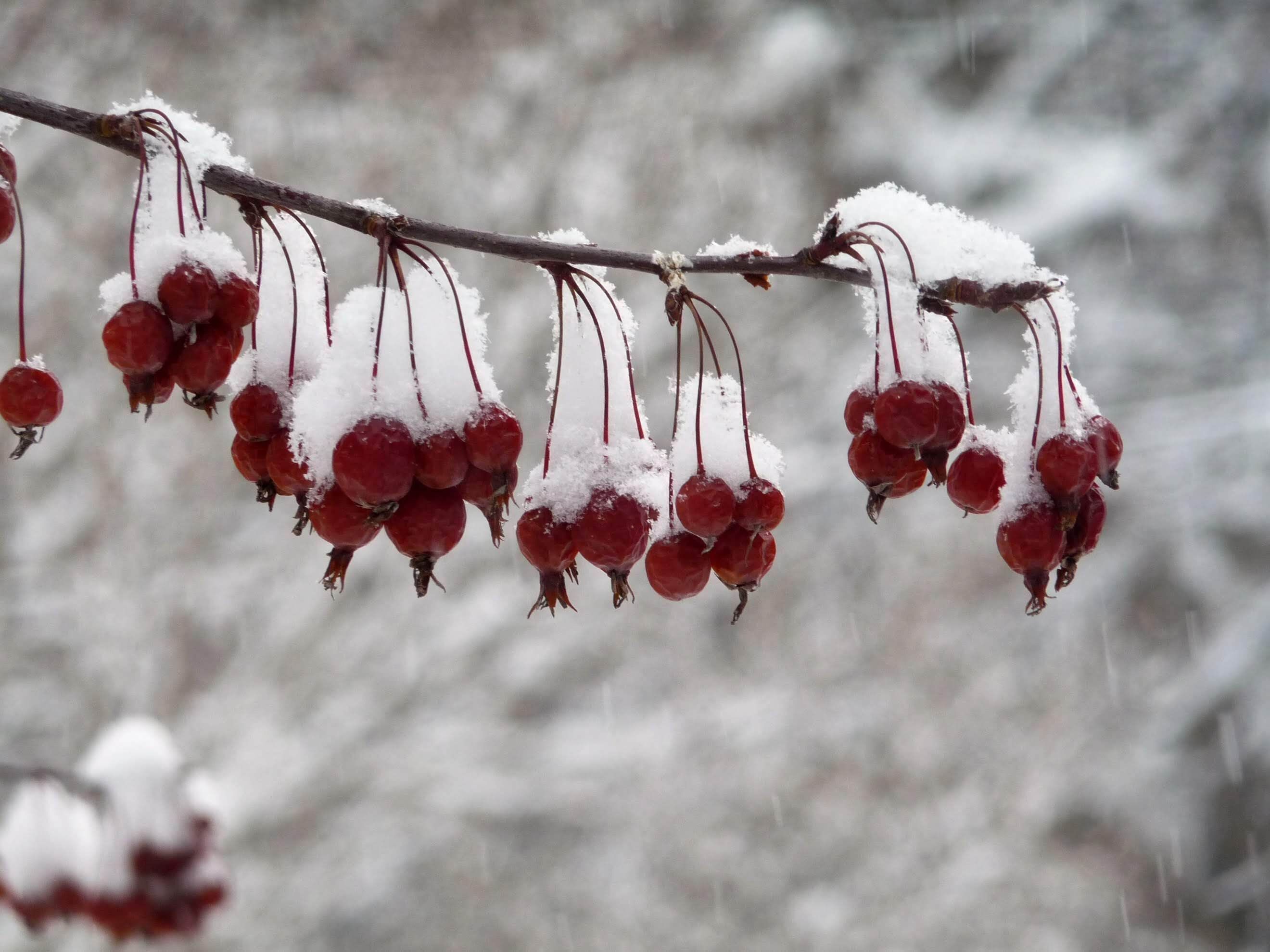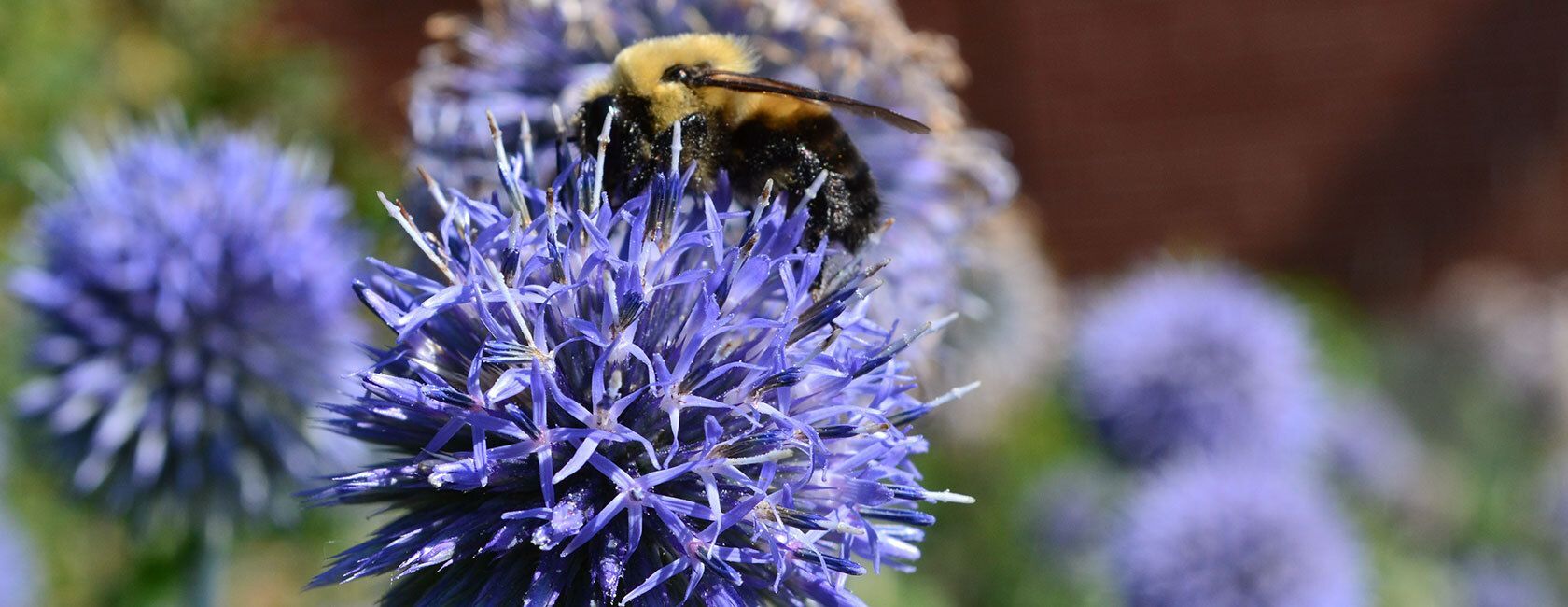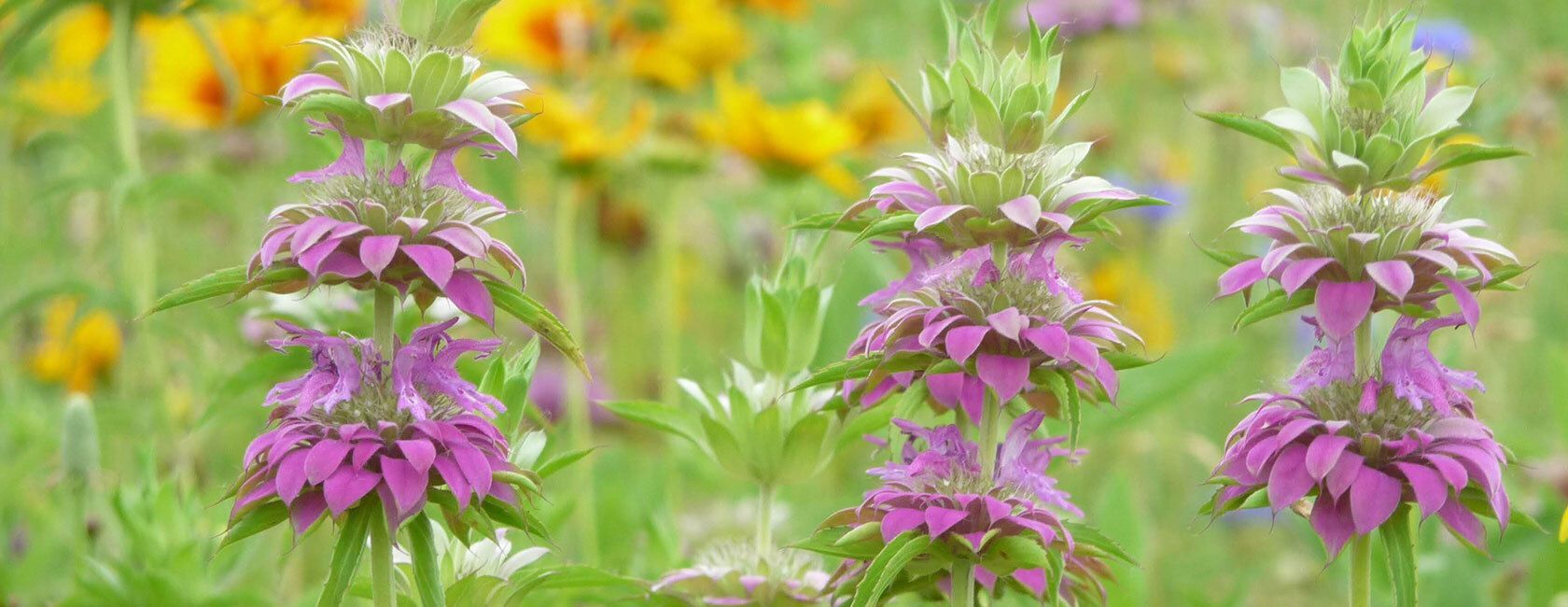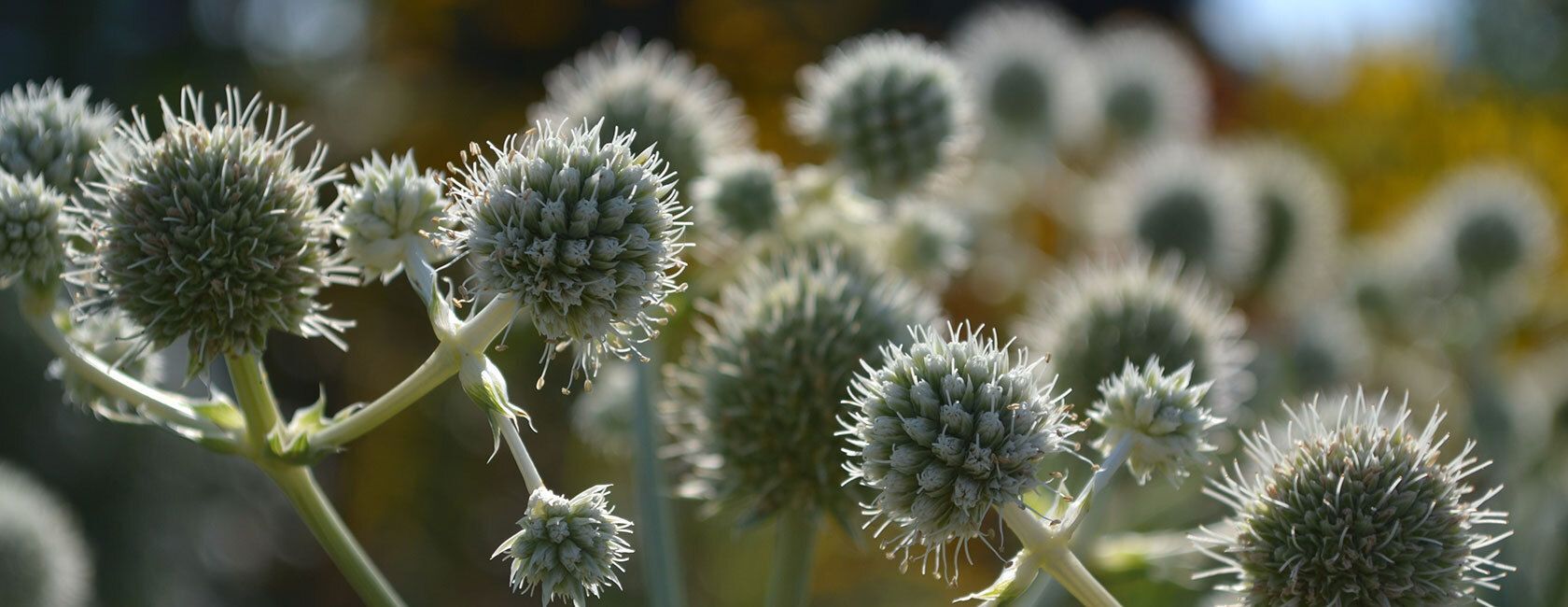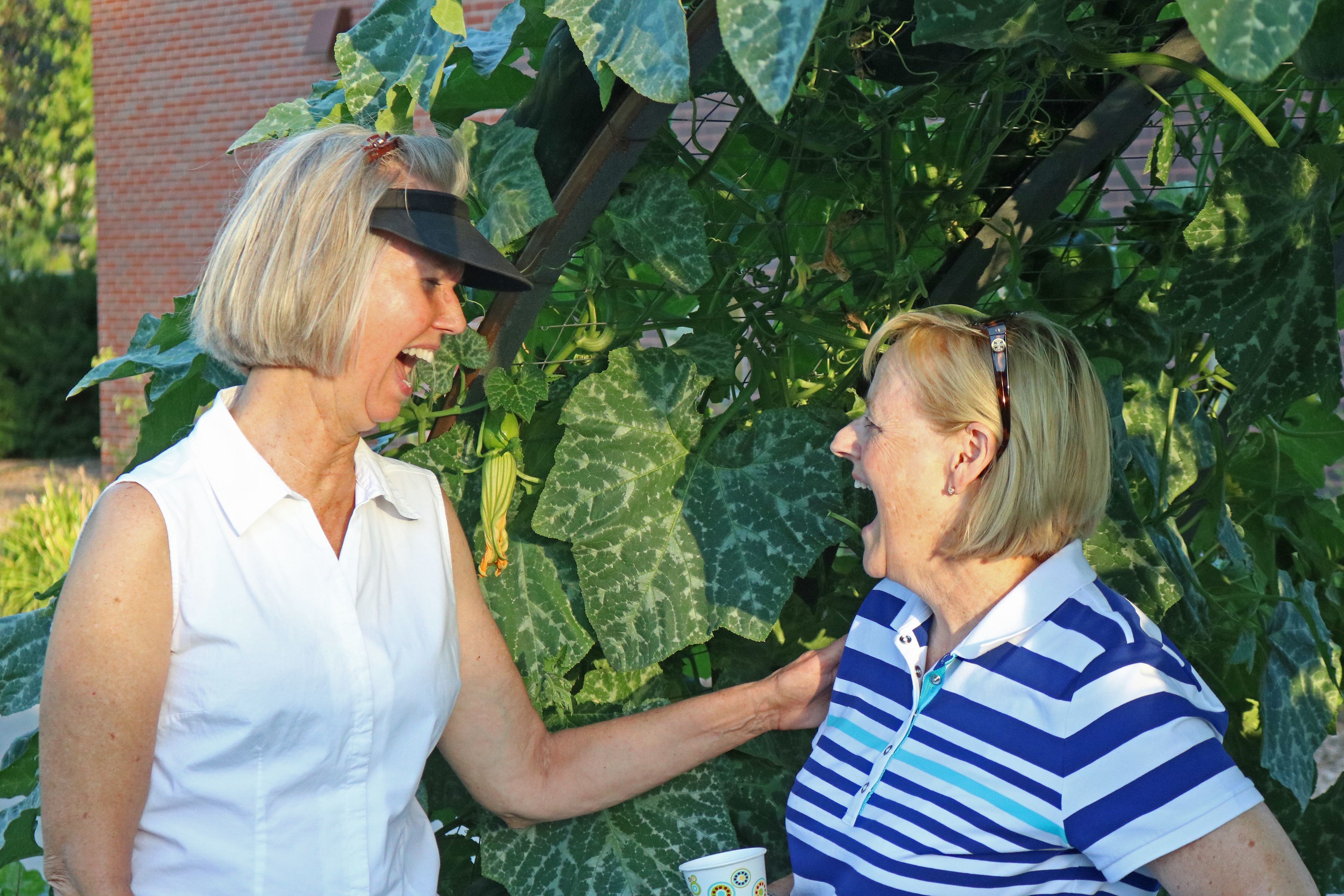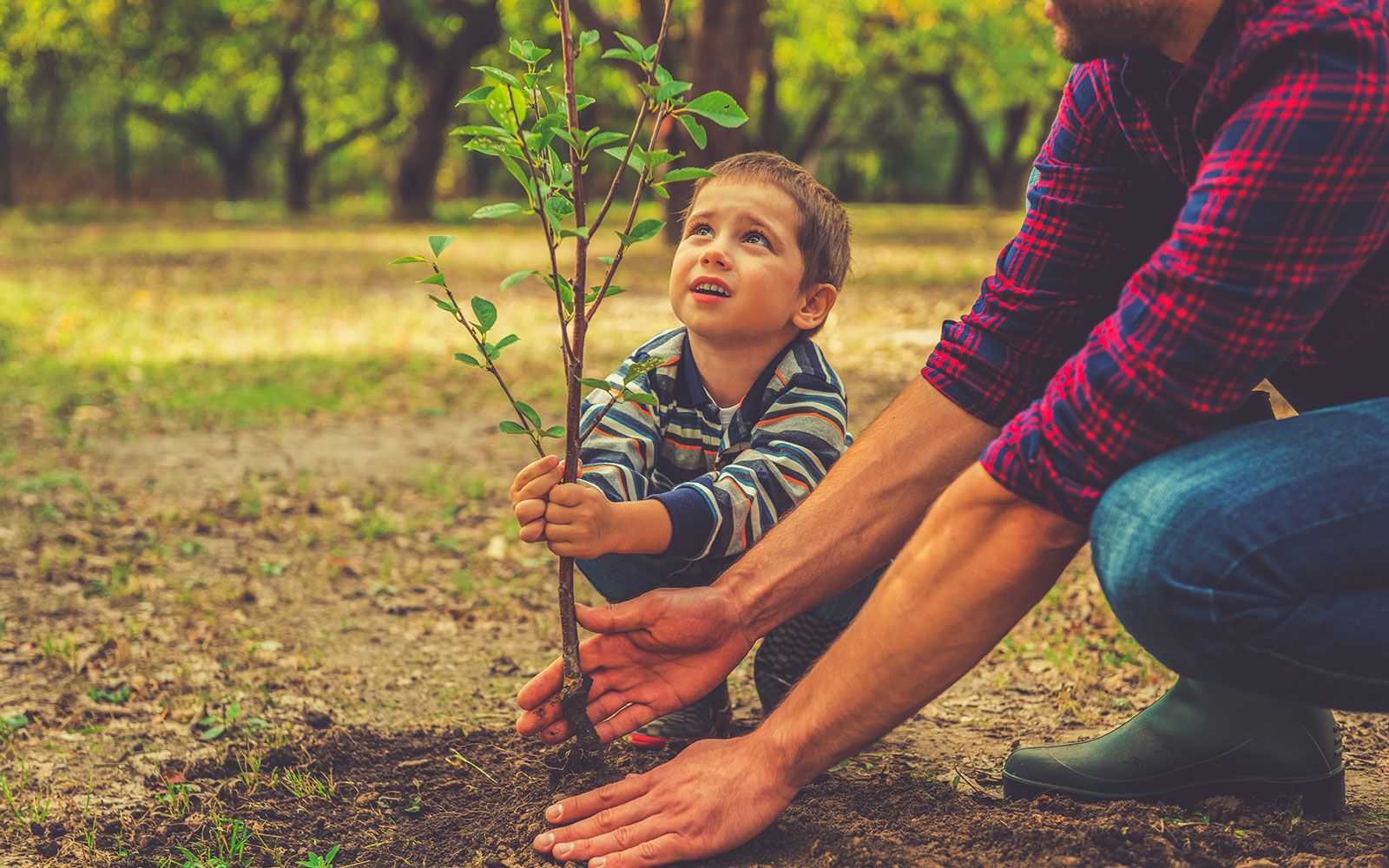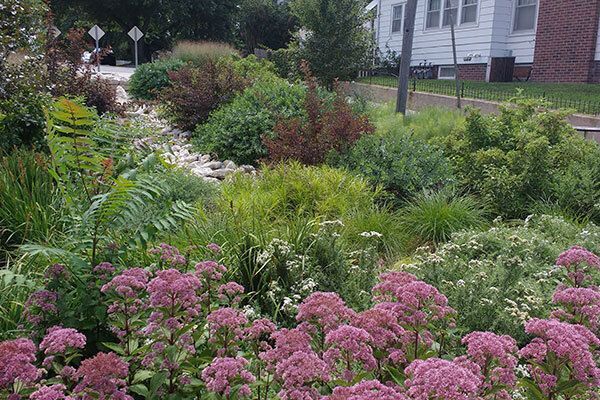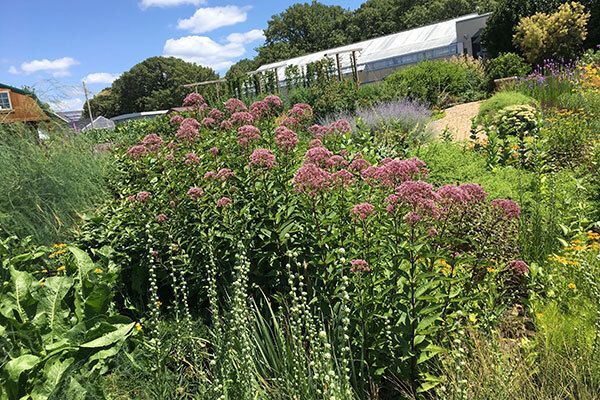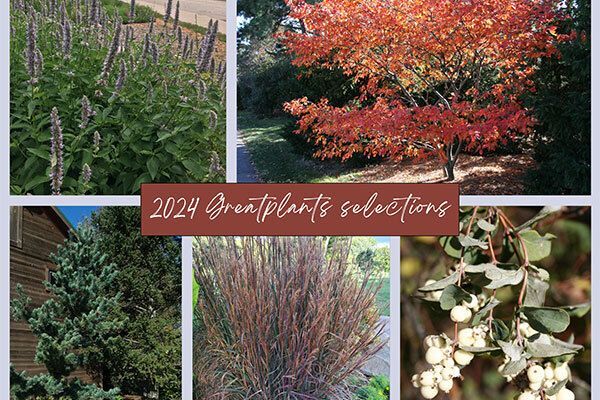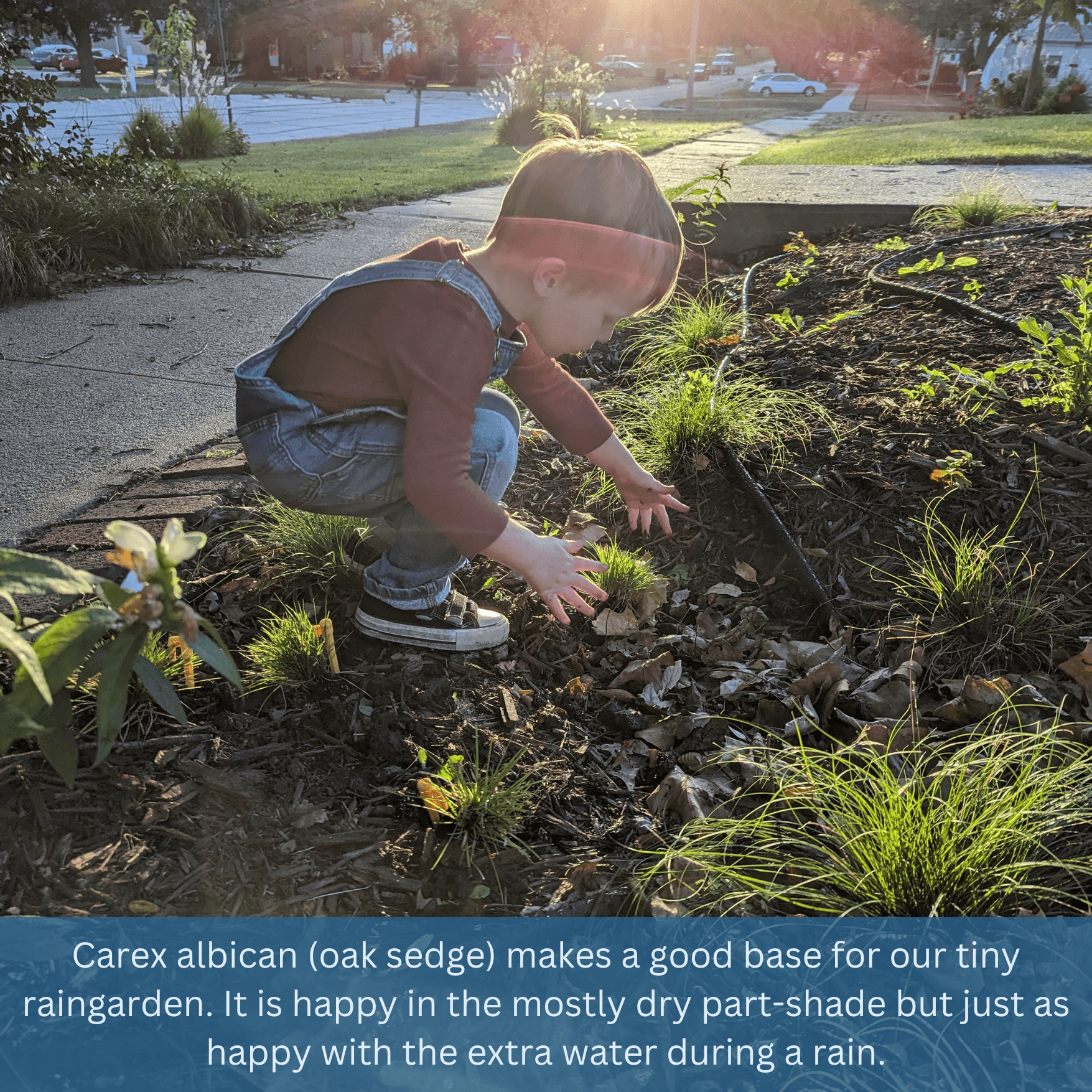
Water is so important to life, necessary really, that it has always frustrated me to see how we treat rain as a waste product in our towns. All summer we talk about how our crops need rain, our trees need rain, the garden could sure use some rain, but as soon as that rain falls on a roof, driveway or street, it becomes a problem and we move it into the storm or sewer system as quickly as possible.
I work daily with towns who are interested in adding rain gardens or bioswales to their public landscapes to better utilize rain as a resource, but we can do the same at home as well! Picture how much water you see running into the storm drains on your street during a light rain. Now imagine if just a few houses on your block had a place to collect some of that water and allow it to soak into the ground. What a difference it would make!
What Is a Rain Garden?
That "place" is a rain garden: a part of the landscape designed to collect water, filter out any pollutants it picked up from the roof or driveway, and let it sit for 2-48 hours, slowing soaking into the soil. Rain gardens don't have to be huge to have an impact, and they don't have to look noticeably different from the rest of your landscape. What makes a rain garden a rain garden is simple: it sits 6-12" below the grade (ground level), and special attention has been paid to the soil to ensure that it can absorb water.
The larger the rain garden, the more water it can hold at one time, but larger isn't necessarily better. In my yard I created a small depression that's only a foot wide and 5 feet long, but the soil is not compacted and roots from a nearby tree make it especially permeable (ability to soak up water). Even during a hard rain, I have only ever seen 1-2" of water in the bottom because it soaks in so quickly. This little space does a great job absorbing water into the ground, but because water absorbs so quickly, it also dries out quickly. I actually planted very drought tolerant species in this space because even though it is technically a rain garden, it is dry most of the summer.
Native plants are a favorite choice for rain gardens because they can thrive in a variety of conditions. Rain gardens are occasionally very wet, but most of the time they are pretty dry, which can be a challenge when choosing plants. Sedges are the key; their tolerance for wet-dry and sun-shade is impressive, and their ability to filter out the soil particles, oil, fertilizer and trash that can be collected by moving water is unmatched. Below I list a few of our favorite, most reliable rain garden species.
Consider Placement and Soil When Planning Your Rain Garden
It's important to consider both placement and soil when you plan your rain garden. If you place your rain garden too close to the house, you risk directing the water into your foundation (8-10 feet away from the house is usually recommended). Because you want the garden to intercept (catch) water as it runs off your property, placing your rain garden at the top of a slope is also not ideal. Finally, avoid building a rain garden where water naturally pools or in a spot that never dries. These areas tell you that the soil is already struggling to absorb water there. Observe how the water flows to that area and then position your garden so it catches the water before it ends up in your problem spot.
When it comes to soil, clay or compacted soils struggle to absorb water. A loose, sandy-loam is the goal, so you may need to do some aeration (tilling) and incorporate compost or sand (in small amounts) ito the space. Before building a raingarden, always do a percolation test (an observation of how fast water soaks in). Nebraska Extension has a great guide to Rain Garden Design that gives step-by-step instructions on everything I have mentioned.
Here's a list of recommended plants that typically do well in the bottom of a rain garden, where they spend time dry or wet (the edges and top of the garden can be treated like any other native, low- maintenance landscape):
- Sedges! (so many to choose from depending on your location and sun)
- Asclepias incarnata (swamp milkweed)
- Baptisia australis or minor (false indigo)
- Helenium autumnale (helen's flower)
- Helianthus (false sunflower)
- Hibiscus moscheutos (hardy hibiscus)
- Monarda (beebalm)
- Rudbeckia laciniata (be cautious with fulgida)
- Tradescantia (spiderwort)

